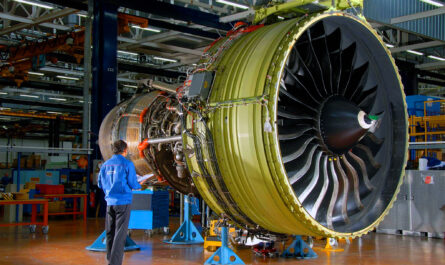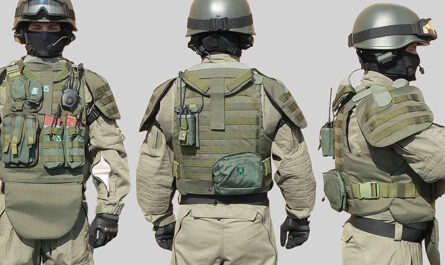Security robots are autonomous robots primarily used for security purposes such as surveillance, bomb disposal, or guarding. They can operate both indoors and outdoors and are often used as a complement to human security guards rather than a replacement. Some key functions of security robots include monitoring locations, patrolling areas, detecting abnormalities, and alerting human operators.
Surveillance and Monitoring Capabilities
One of the main roles of security robots is to monitor locations and detect any abnormal activities or threats. They are equipped with advanced sensors such as cameras, thermal imaging, radars, and LiDAR which allow them to continuously scan environments. Some robots can monitor up to 360 degrees simultaneously which is more effective than stationary security cameras. They also have the ability to zoom in from long distances to closely analyze situations. Robots send real-time video feeds and alerts back to control rooms where security teams can remotely view situations. This allows operators to quickly respond to emergencies without needing to physically be onsite.
Patrolling Functions
In addition to monitoring fixed areas, Security Robots are also used to patrol locations and act as a visible security presence. Some robots are programmed to autonomously patrol along pre-set routes within buildings or outdoor facilities. Others can be remotely controlled to navigate areas on demand. Their presence deters criminal activities and intruders since it signals that a location is actively being guarded. Patrol robots also regularly check for intruders, anomalous objects, or suspicious behavior and will sound alarms. This serves as both a proactive and reactive security measure.
Bomb Detection and Disposal
Specialized bomb disposal robots play a crucial role in security, especially for law enforcement and military bomb squads. Equipped with cameras, manipulator arms, and other tools, they allow operators to detect, access, analyze, disarm, and safely detonate explosive devices from a safe distance. This significantly reduces risks to human lives when dealing with dangerous bombs and explosive situations. Disposal robots provide precision, dexterity, and real-time feedback that enables effective and controlled handling of bombs.
Use of Artificial Intelligence
Many advanced security robots now have artificial intelligence (AI) capabilities which enhance their functions. AI systems can analyze captured images and video streams to automatically detect potential threats, dangerous objects, or anomalous activities based on predefined criteria. These detections are then reviewed by human operators to determine necessary responses. AI is also being used for behavior recognition capabilities where robots can identify suspicious or abnormal behaviors and movements of people. Facial recognition is another AI application allowing identification of known criminals, trespassers, or persons of interest.
Benefits of Security Robots
While security robots will likely never fully replace human guards, they do provide significant benefits as a complement to human security teams. Some of the key advantages of using security robots include:
– 24/7 Monitoring – Robots can monitor locations and patrol areas continuously without tiring. This allows 24-hour surveillance of high-risk or remote areas that may be difficult for human guards to monitor effectively.
– Dexterity and Endurance – Robots have stronger capabilities than humans for lifting, operating in hazardous environments, and withstanding extremes of weather, terrains, or dangerous situations like bomb explosions.
– Objective Perspective – Robot sensors and recordings provide an unbiased and continuous record of events without human error, distraction, or personal biases.
– Cost Savings – While initial costs may be high, robots ultimately reduce long-term security staffing and labor expenses. They also minimize overtime pay and shift coverage challenges associated with humans.
– Safety – Robots protect human lives by allowing remote monitoring and responses to hazardous situations like bombs, fires, gas leaks, or armed intruders without exposing security teams to direct risks.
Challenges to Adoption
While security robots address many critical gaps, there are also several challenges slowing their wider adoption:
– High Upfront Costs – Robots, their sensors, software, support infrastructure and maintenance require large initial capital investments limiting their accessibility for some organizations.
– Technological Maturity – Although rapidly improving, security robots still face limitations in their environmental awareness, navigation skills, threat assessment abilities and integrated AI/ML capabilities. Performance depends on scenarios.
– Integration Complexities – Successfully deploying robots requires understanding how to optimally integrate them with other security systems like access controls, video management software, alarm panels and response protocols.
– Societal Acceptance – There are open debates around ethics, privacy, job displacement concerns if robots become primary security responders over humans. Regulations need to ensure responsible use.
The Future of Security Robotics
Security robots present an exciting future for revolutionizing protection. As technologies continue advancing, costs declining and capabilities expanding, their adoption will undoubtedly accelerate across many industries and sites in the coming decades. We can expect to see more sophisticated robots taking over high-risk patrols, sophisticated AI for screening crowds and infrastructure monitoring. Nanobots and microdrones will also likely join the lineup for specialized functionality. Regulations and standards will adapt accordingly to balance innovation responsibly with societal priorities. Overall, robots show great promise to boost security effectiveness for both public safety and private sector needs.
*Note:
1. Source: Coherent Market Insights, Public sources, Desk research
2. We have leveraged AI tools to mine information and compile it



